
The poverty afflicting Guanacaste in the 1960s forced some 5,000 Guanacastecans to leave for the banana plantations of Limón, where they hoped to better their lives and the lives of their families. Part of their jobs included using an agrochemical known as Nemagon, which ended up becoming a tragic protagonist in the rest of their lives.
“I worked all week long. My job was to prepare the chemical and stir it with a stick. It was like a type of milk, but it was tremendous. Its odor was so strong it made you dizzy,” says Martín Gómez, one of the workers from El Cacao of Nandayure who was permanently damaged by the use of the pesticide, and who even today – 40 years later – continues to fight for indemnification from the government.
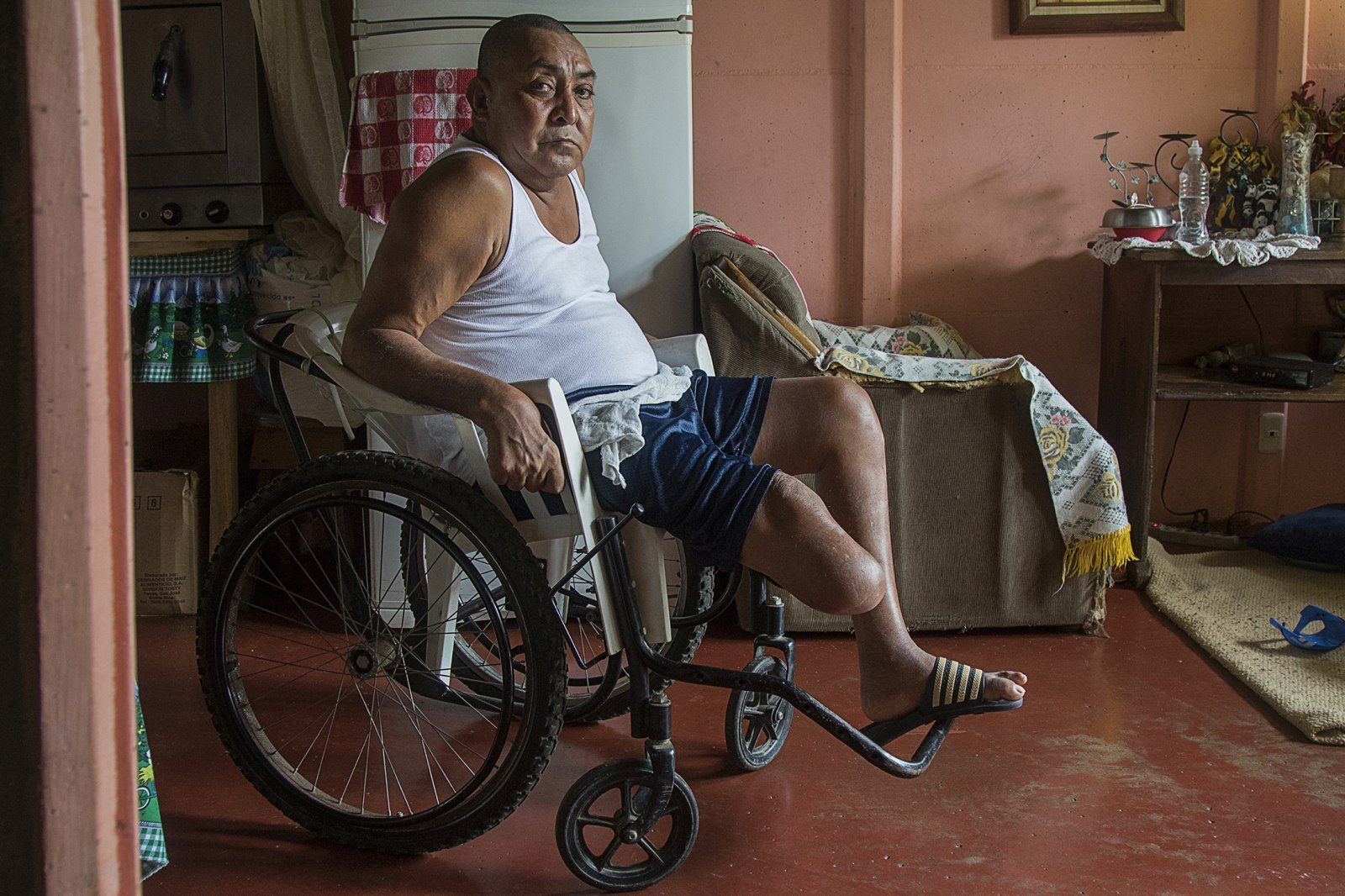
Martín Gómez from El Cacao of Nandayure left his home at 17 to help his mother financially. He quickly found work on the Ticaban Ranch spraying the chemical. While he worked with Nemagon he was hospitalized three times, he says. “My right foot began to become spotted, and it kept growing and growing until it turned purple. They had to amputate my leg because it no longer worked.” Six years ago, the office handling Nemagon cases at INS rejected his application for indemnification because they said he couldn’t prove the cause of his health problems. After all, he’d had five children, and the only test that’s ever been administered to men for indemnification is one based on detecting low sperm counts and sperm deformation.
Like Gómez, hundreds of Guanacastecans belong to the Costa Rican Associated Movement to Defend the Rights of People Affected by Chemical Products, or ASOPRO. Their illnesses range from sterility, cancer and miscarriages to bone pain, skin fungi and genetic deformations, among many others.
Deadly Pesticide
Costa Rica began importing this chemical pesticide in 1967, 17 years after its manufacturers began to doubt its safety, and after studies from University of California highlighted its toxicity. The country continued to use it to eliminate plagues in monoculture crops until 1979 – two years after the United States banned its use. On some plantations it was used with no safety measures, labels or adequate protection in place.
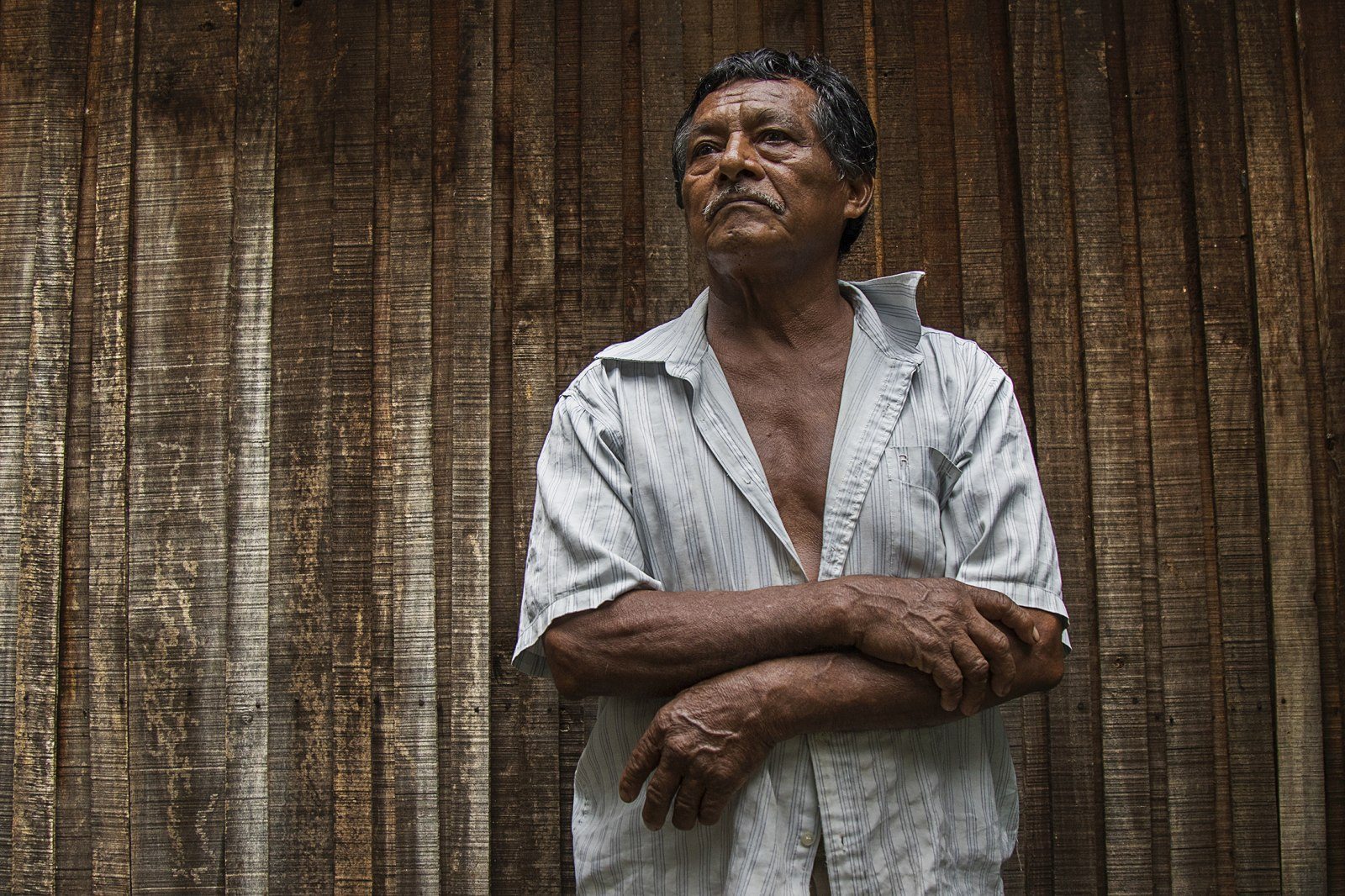
Cándido Fajardo left to the Caribbean in search of an adventure when he was 18. “At the time, the situation was difficult because the jobs that existed were only for big, strong people,” he says. He was in Limón seasonally and applied Nemagon several times. When he returned to Vigia of Guanacaste, spots appeared all over his body, and his vision was damaged. He also had back pain, body aches and dizziness, among other symptoms. He received indemnification from INS of ¢1.9 million.
Ten administrations have come and gone since the Costa Rican government prohibited use of this agrochemical, but the fallout continues as an everyday reality for the banana plantation workers.
In 2001, Law 8130 was passed to mandate the government indemnify those who were directly and indirectly affected by Nemagon. But it wasn’t until 2014 that regulations governing payments to those indirectly affected, such as workers’ family members, were approved.
ASOPRO believes the manner in which the process was implemented and in which money was paid over the years to indemnify workers is insufficient to bring justice for the tragedy they have lived through. Payments ranging from $100 at the beginning of the conflict to ¢1,900,000 in the last two years.
This photo report shows the faces of five Guanacastecan workers who traveled to the banana-producing region in the 1960s. All of them belong to ASOPRO and have allowed The Voice of Guanacaste to show their scars, their illnesses and their pain as an example of what an agrochemical can do to people’s bodies and lives.
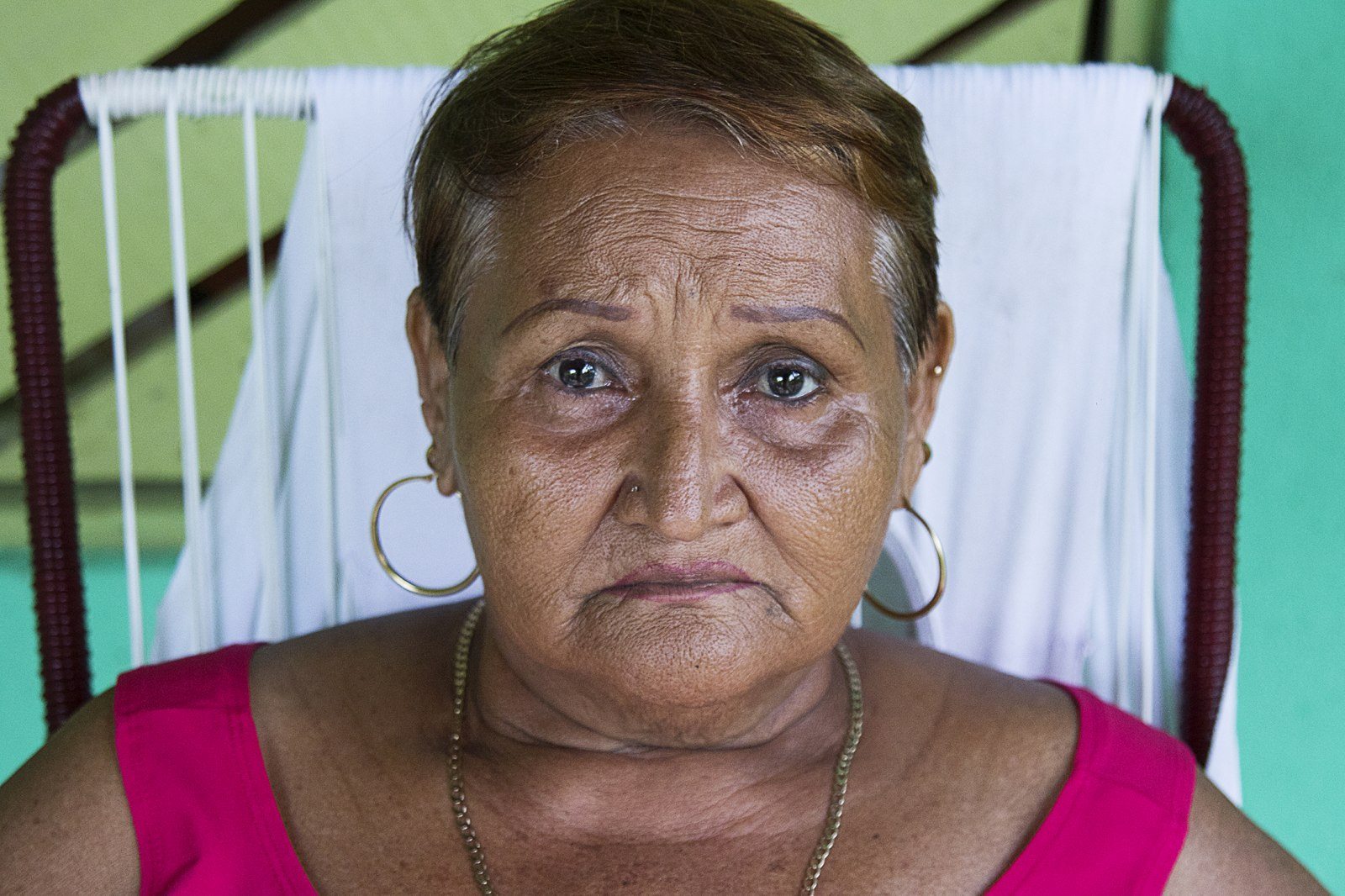
Sully Briceño was born in Santa Cruz and migrated to the banana plantations of Palmar Sur when she was 10. There she worked washing uniforms and cleaning pesticide pumps without gloves or any other form of protection, she says. Twenty-five years later, she returned to Guanacaste with ailments and pain that grew worse over the past decade. She was diagnosed with breast cancer four years ago, and still doesn’t know if she has completely recovered. She also has diabetes, fungi in her fingernails and toenails, swollen feet and a swollen stomach, and she can’t walk due to the pain of standing up. The National Insurance Institute, or INS, gave her an indemnification of ¢1.9 million.
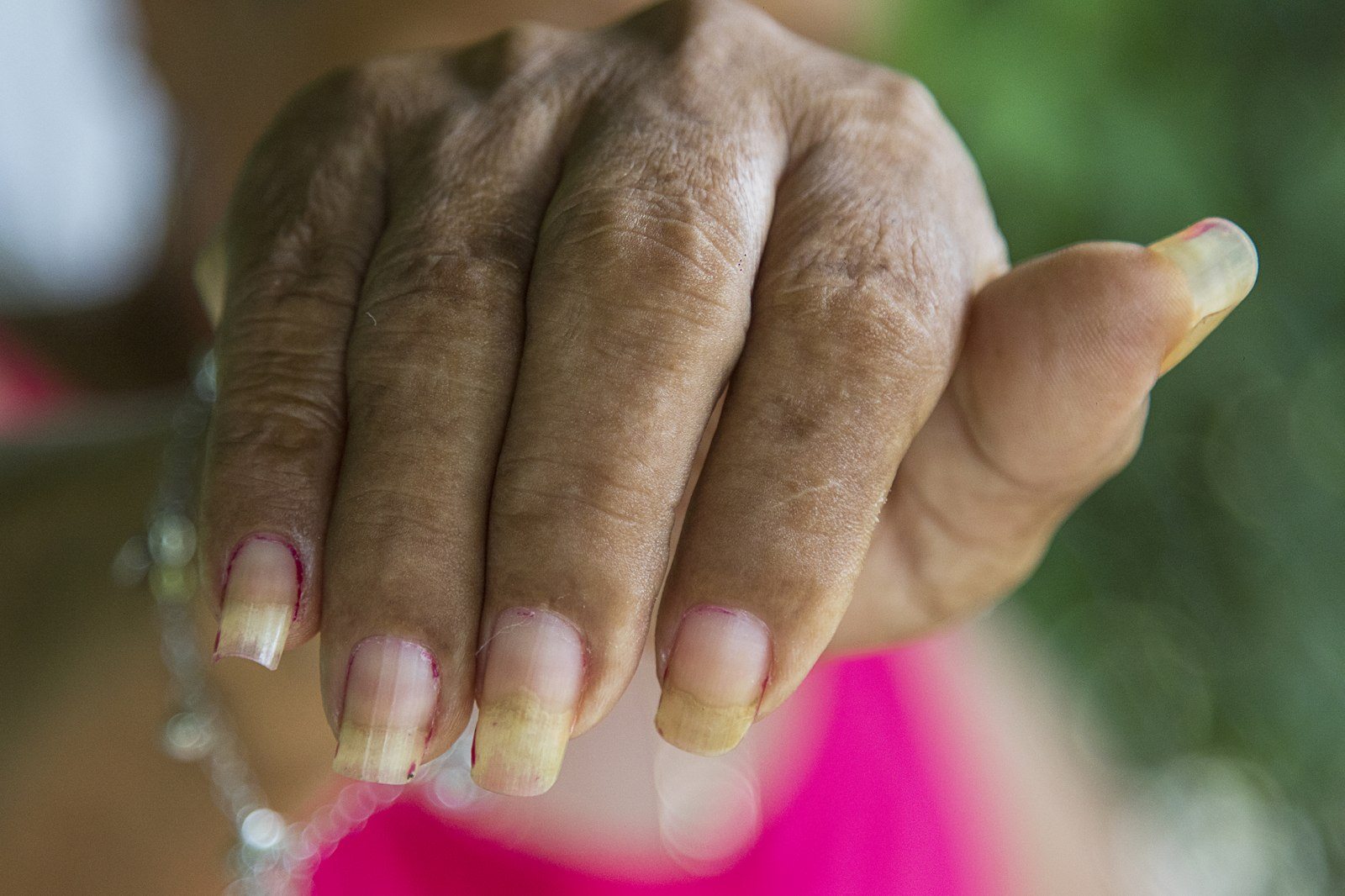
Sully Briceño’s fingernails have started to peel off. She refuses to trim them as she’s afraid they’ll fall off completely.
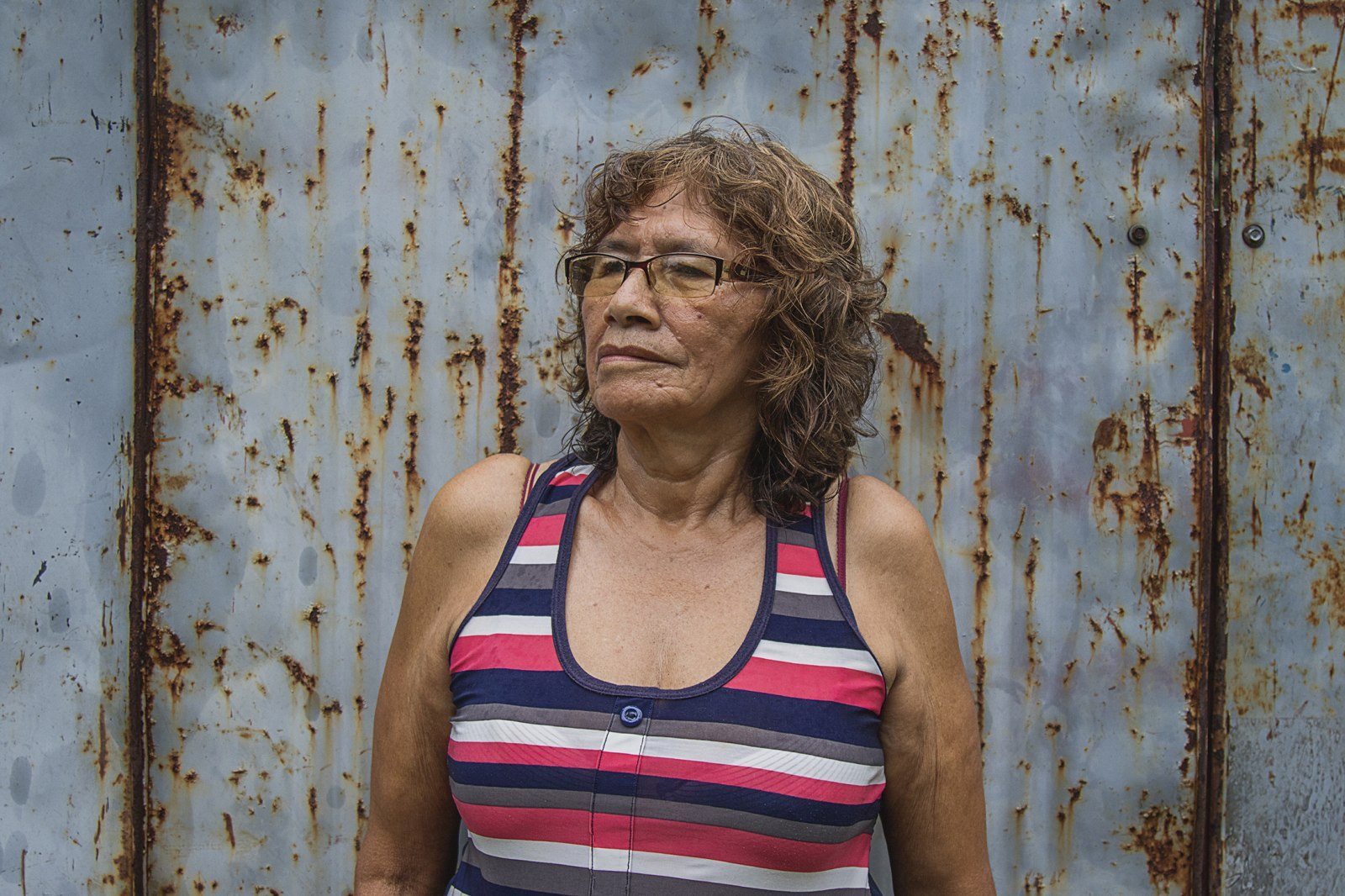
When Mayra Juárez was 26, she traveled to Ticaban Ranch in Guápiles with her three children and husband. She worked for only three months stripping leaves and taking lunch to her husband. But it was enough to damage her health, giving her body aches, headaches, spotting on her skin, fungi and itching, she says. Juárez frequently visits a doctor in Nicoya and takes medication every day. In 2014, the INS gave her ¢140,000. Was it enough for something? we asked. “For me? Such as what? For nothing. It was enough to buy only a few small things of food and nothing else.”
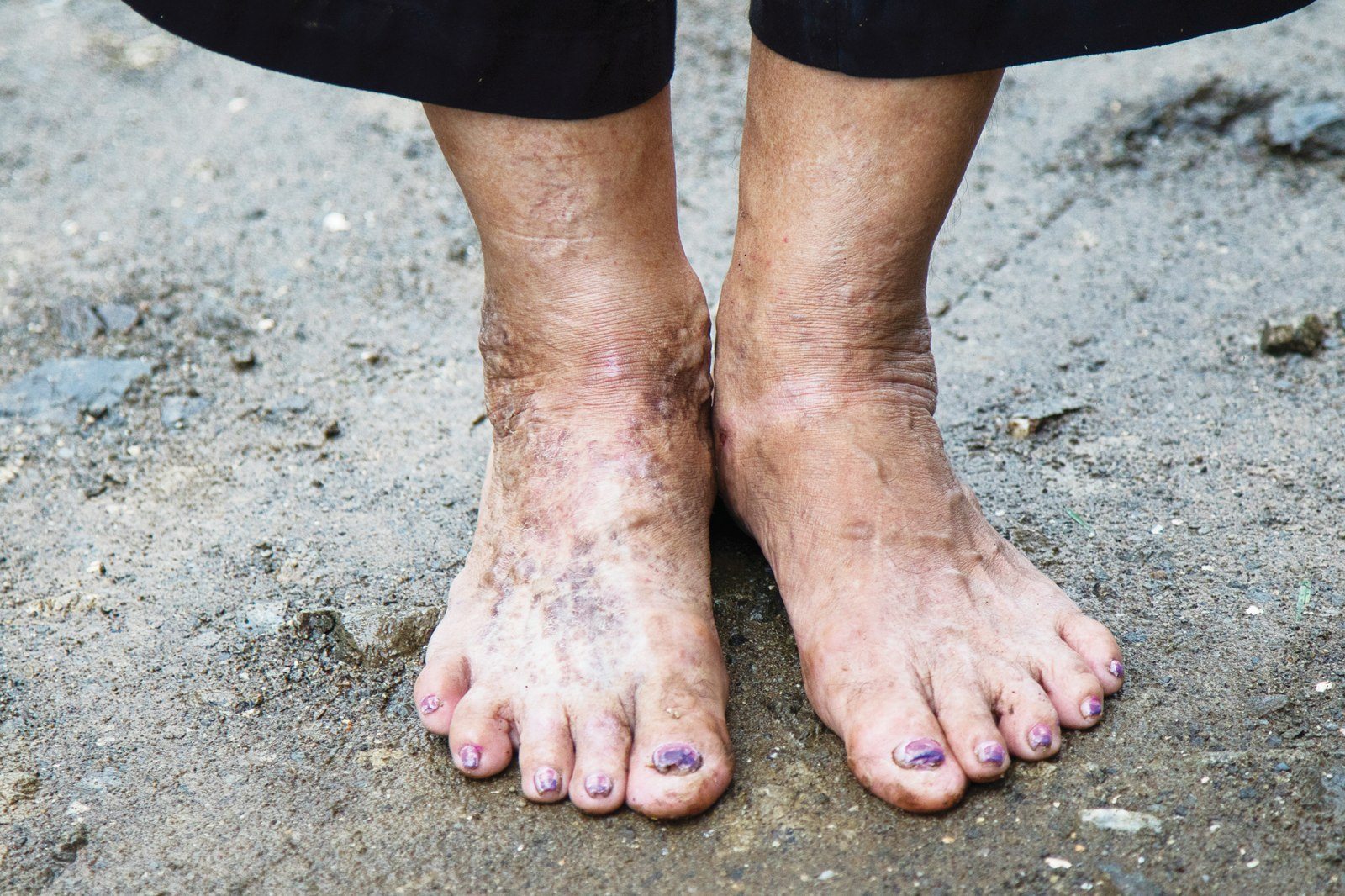
When Mayra Juárez worked in the banana plantation she frequently walked between the banana leaves wearing sandals. Today, her feet are covered in purple spots and feel like they’re burning.
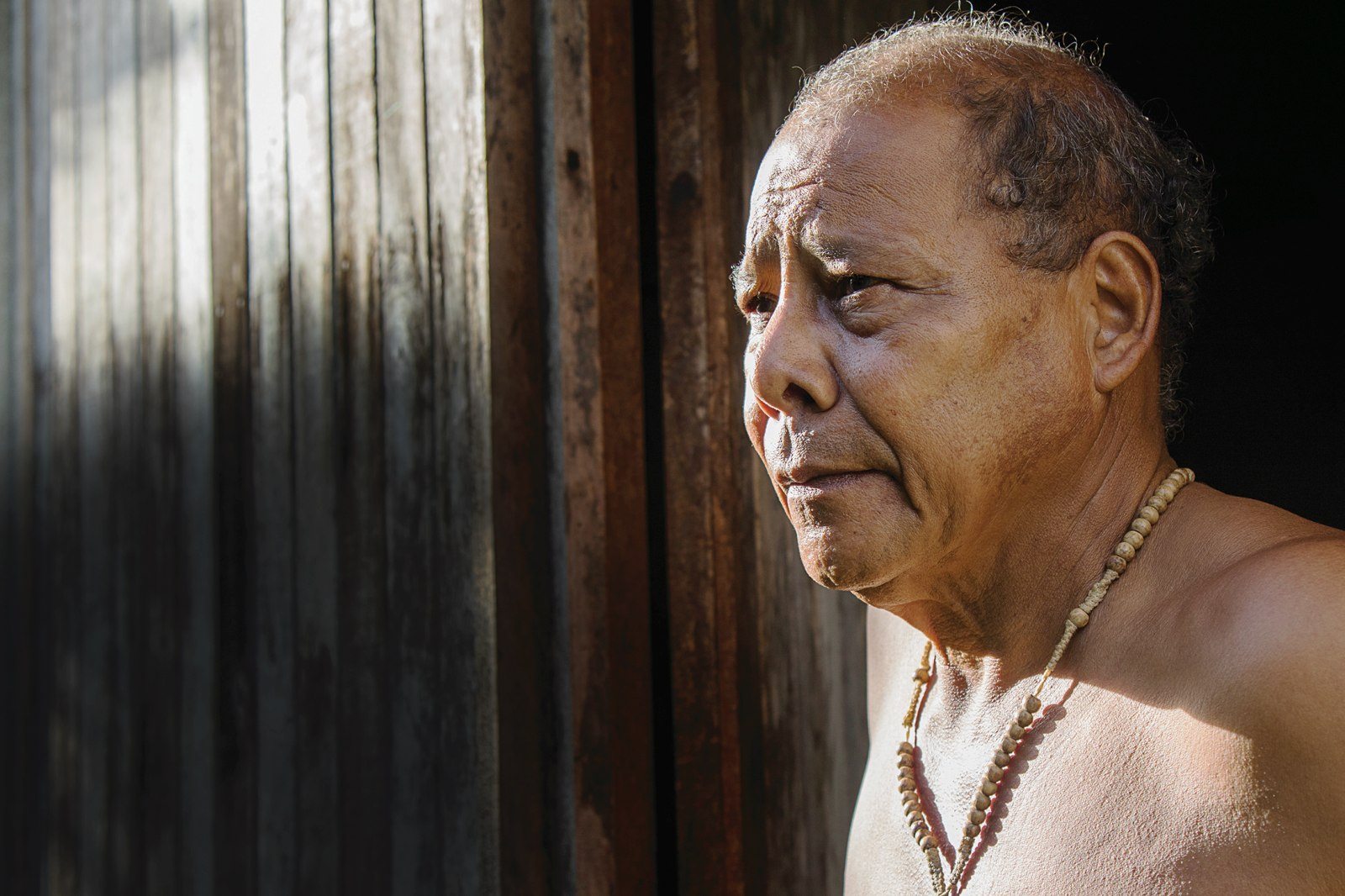
Donald López, from Santa Cruz, left for the banana plantations in 1974 to earn more money. He worked there for two years and never directly touched the pesticide. He was, however, exposed to it, and his health suffered, he says. “Many times they’d bring the ripe bananas and throw them there, and you were hungry so you’d eat it. You were thirsty so you’d drink the water from banana leaves. … Now I’m suffering the consequences of those years,” he says. In 2006, he submitted to a sperm test and was indemnified with ¢138,000. However, for all that he has suffered (headaches, joint pain, fungal nails and feet and a cancerous spot on his back, etc.), he believes a fair amount would be ¢8 million or more. In the past 10 years, he has traveled more than eight times to the Legislative Assembly. “If I die, that money should at least be left to my children. That product is a killer.”


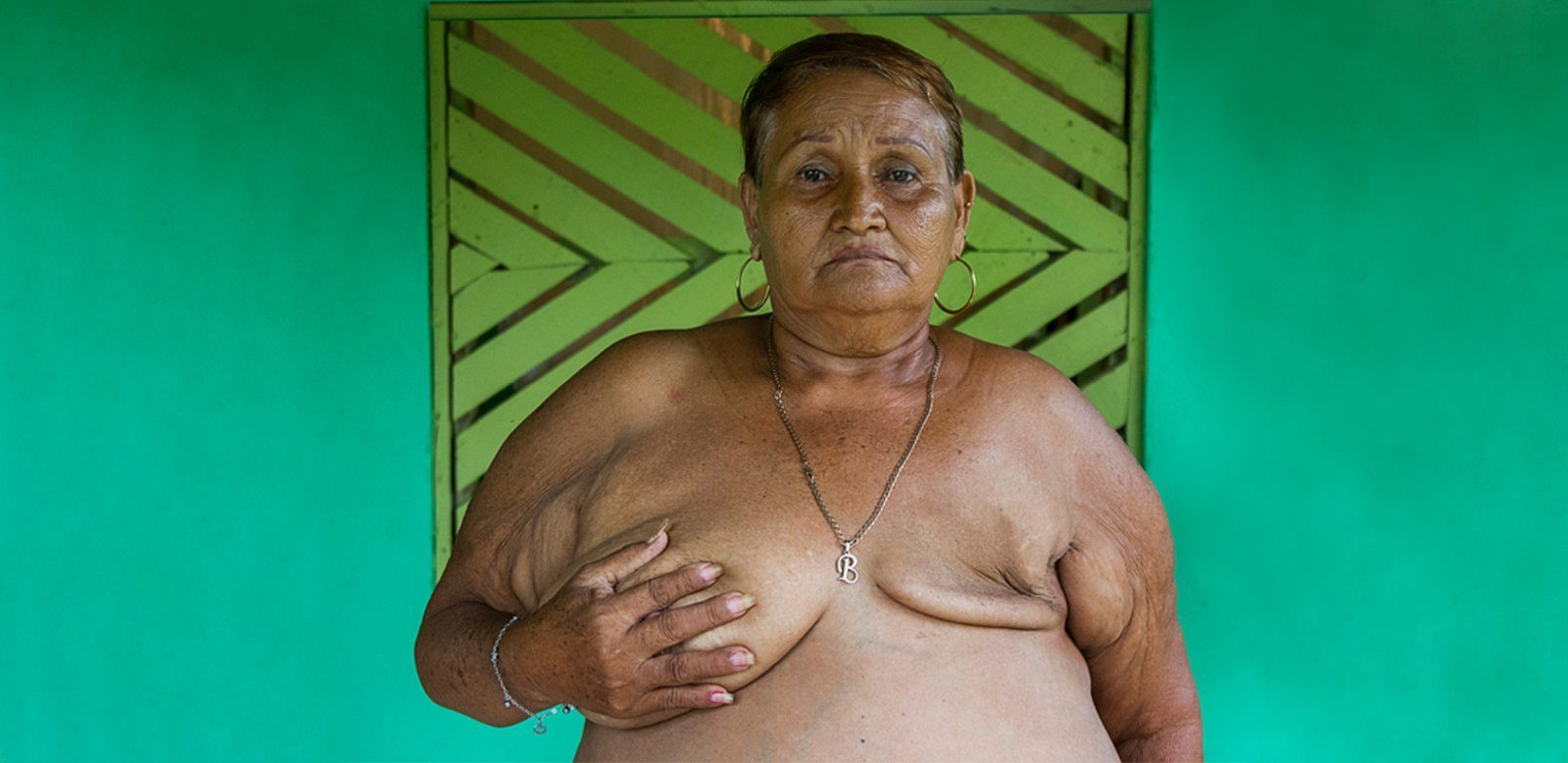
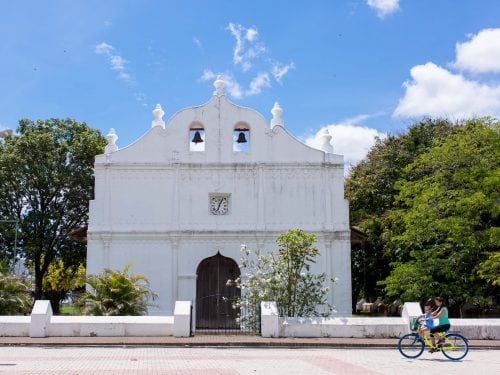
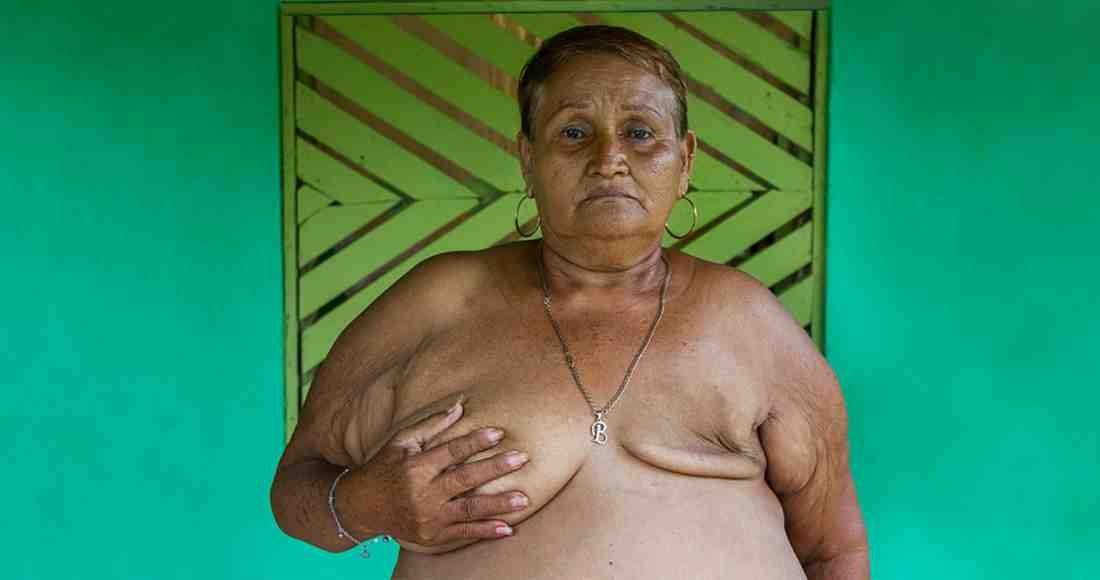
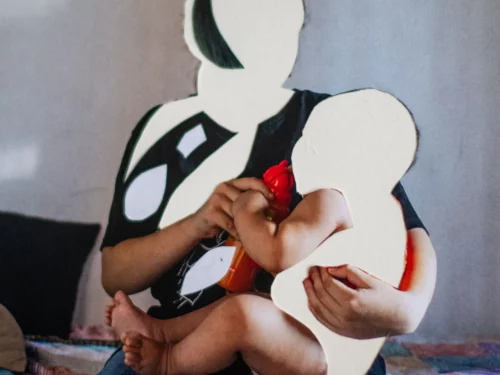

Comments